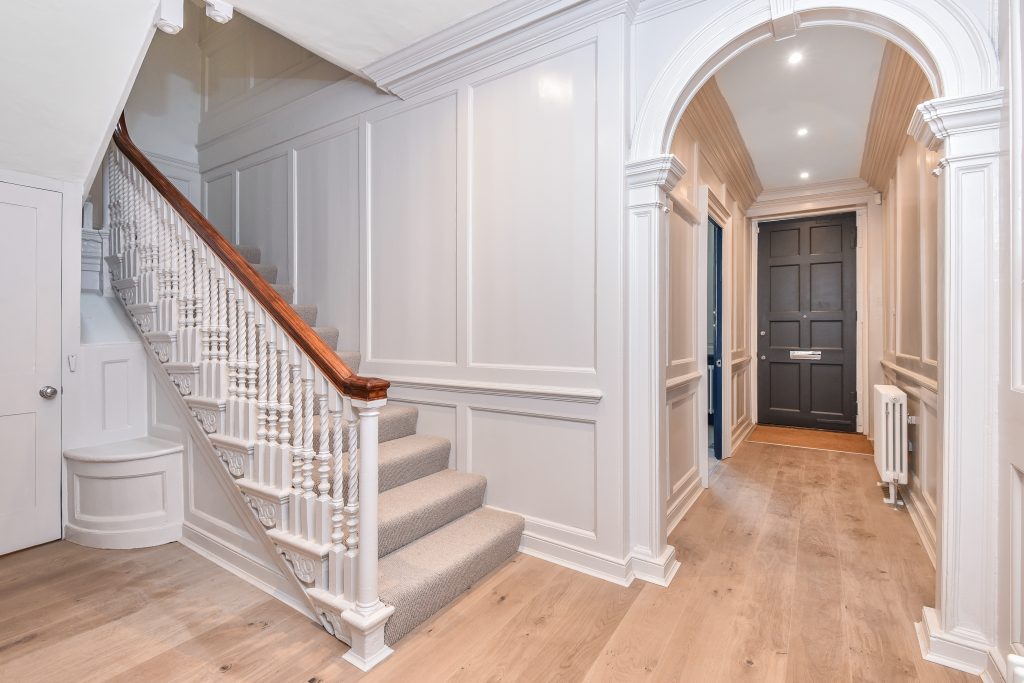
Time, Cost & Quality
True or False? Does a reduction in cost and time generally imply reduced quality?
The traditional cost, time and quality triangle model have been so ingrained in our thinking that it has become a self fulfilling prophecy on many of our projects. The model suggests if time and cost are fixed only quality can be altered.
Design and Built procurement projects give more certainly over cost and time, whilst traditionally procured projects ensure quality. We recently looked at a project that challenges this notion, a 15 storey hotel project that was built in only 15 days. The design team spent almost two years designing the componentry of the hotel. Except for the foundations, most of the building only had to be assembled without the use of wet trades or welding.
To understand the relationship between cost, time and quality you need to analyse design and construction as part of the overall project process. More time spent on design and detailed coordination enabled the design team to standardise the componentry for the parts to be fabricated offsite. This led to a significant reduction in the overall construction period that in turn led to a significant reduction in cost and an increase in quality.
“Dr. W. Edwards Deming taught that by adopting appropriate principles of management, organizations can increase quality and simultaneously reduce costs (by reducing waste, rework, staff attrition and litigation while increasing customer loyalty). The key is to practice continual improvement and to think of manufacturing as a system, not as bits and pieces.
This is not only true in business, but can be applied to projects in construction.